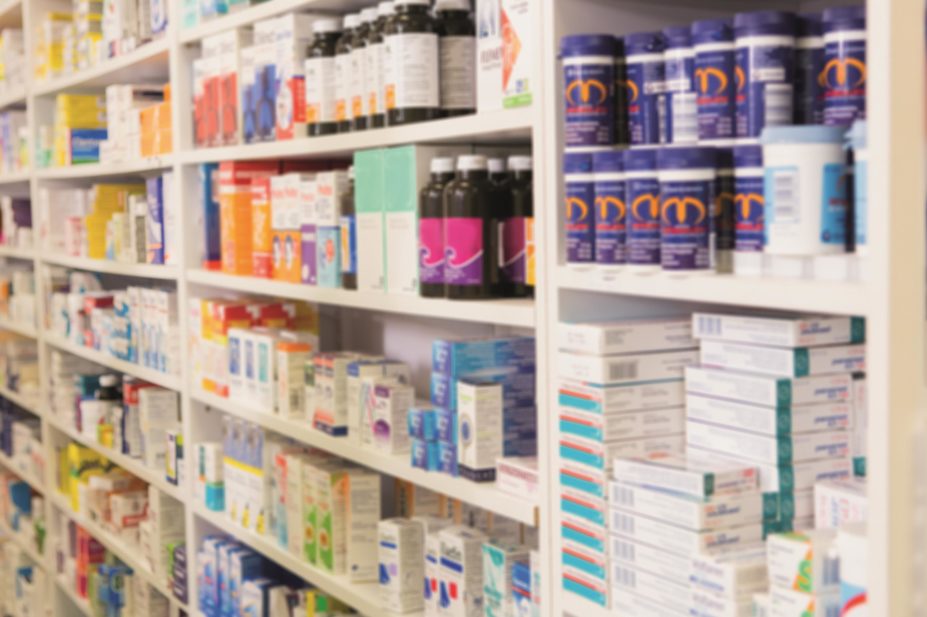
Shutterstock.com
Medicines that look or sound similar to another are known to be associated with a high proportion of errors[1]
. In June 2003, the UK Medicines and Healthcare products Regulatory Agency (MHRA) published best practice guidance on the labelling and packaging of medicines, aimed at the pharmaceutical industry[2]
.
Despite the guidance and medicine directives that are in place, nurses, pharmacists, pharmacy technicians and patients are still often faced with ongoing problems of lookalike and sound-alike medicines. These reasons are often identified as contributing factors to picking the wrong medicine.
Working as a medication safety officer in a mental health trust, I was informed of an incident where Phosphate Sandoz (phosphorus 500mg) had been prescribed, sent to the pharmacy for dispensing, correctly labelled, but Sando-K (potassium chloride and potassium bicarbonate) was incorrectly selected, checked and sent to the ward. The phosphate Sandoz was intended to be prescribed for supplementation because the patient was at risk of re-feeding syndrome. Fortunately, this error was identified by a nurse before it was given to the patient.
Although both items were located several shelves apart, the two products, side by side, were almost identical in shape, with blue and white packaging and having the word ‘Sando’ or ‘Sandoz’ in the name. Administration of potassium supplements to patients, when it is not indicated, can result in serious patient harm through disturbances in cardiac rhythm.
Colleagues from other trusts were consulted for advice. It became apparent this was not a new problem. There had been posters, alerts to nursing and pharmacy staff, and training about these two medicines looking and sounding similar. Despite this, the main issue still remained: both medicines look alike and sound alike. Something had to be done about the packaging.
A formal complaint was filed to the manufacturer HK Pharma Ltd. A conference call was held to discuss the practical problems faced by pharmacy, nursing staff and patients with these two medicines. The company has since developed a new packaging design that will be submitted to the MHRA for approval. From this experience, I also learnt that packaging design does not have pharmacist or other clinician involvement. It is usually the domain of the regulatory affairs specialist, marketing division and product development experts, with some involvement from the art working department.
Pharmaceutical companies need to involve clinicians, such as medication safety officers, to ensure medicine names and packaging are fit for purpose and will not contribute to patient safety incidents. Until this happens, manufacturers can help to protect patients by adhering to MHRA good practice guidance and avoiding similar drug names and packaging.
References
[1] James KL, Barlow D, McArtney R et al. Incidence, type and causes of dispensing errors: a review of the literature. Int J Pharm Pract 2009;17:9–30.
[2] Medicines and Healthcare products Regulatory Agency (MHRA). Best practice guidance on the labelling and packaging of medicines. July 2012.


